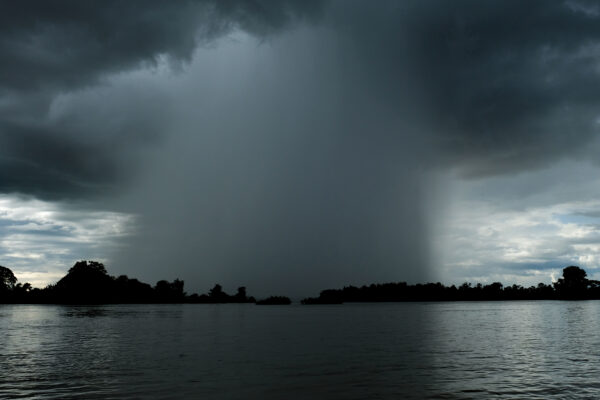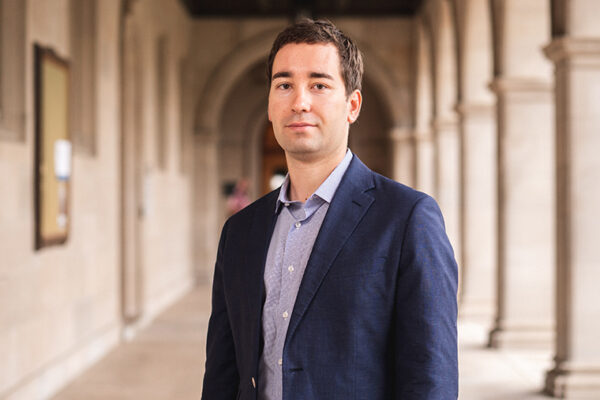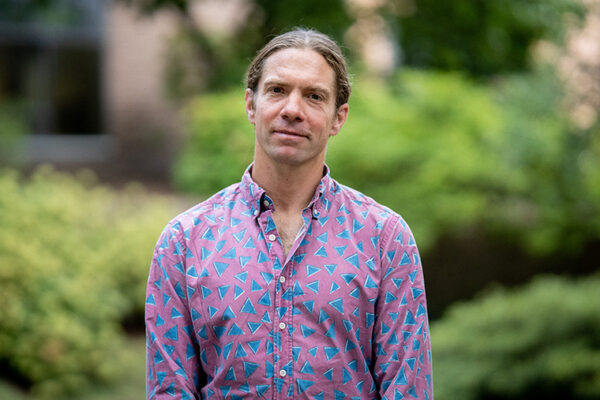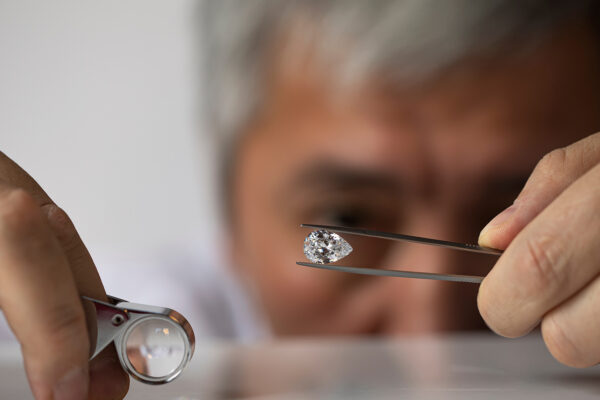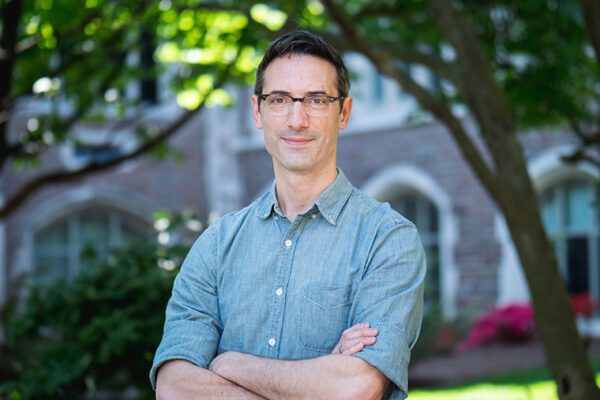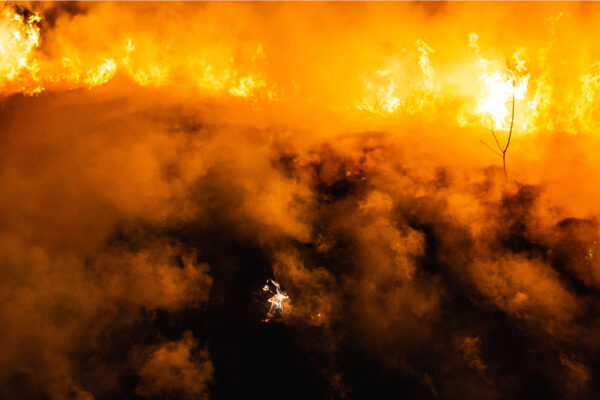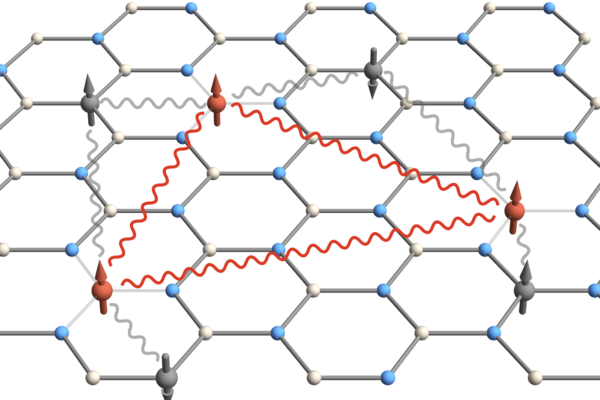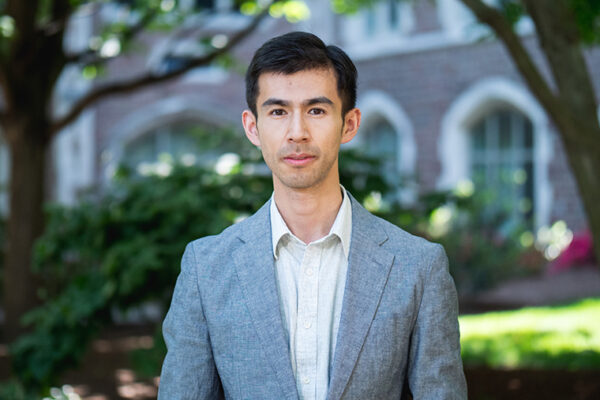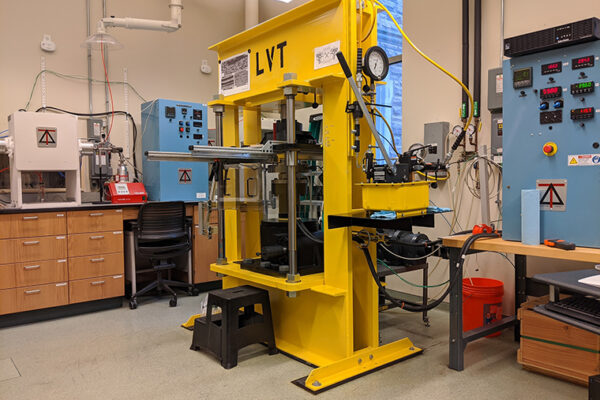Study links changes in global water cycle to higher temperatures
Research led by Bronwen Konecky in Arts & Sciences takes an important step toward reconstructing a global history of water over the last 2,000 years.
For microbial communities, simpler may be better
Physicist Mikhail Tikhonov, in Arts & Sciences, developed a new statistical model that could help design microbial communities for performing certain functions.
Speeding up creation of quantum entanglement
A team of researchers including Kater Murch, professor of physics in Arts & Sciences, has found a shortcut to establishing a baffling phenomenon of quantum physics.
Flawed diamonds
Physicists in Arts & Sciences are gaining quantum insights from imperfect crystals. The research supported by the Center for Quantum Leaps advances the field of quantum simulation using an atomic-level quantum system.
Physicist Henriksen to build quantum-scale sensors
Erik Henriksen, an associate professor of physics in Arts & Sciences, is part of a team that was awarded funding from the National Science Foundation’s Quantum Sensing Challenges for Transformational Advances in Quantum Systems program.
Chun wins NASA FINESST grant
Sohee Chun, a graduate student in physics in Arts & Sciences, was awarded a Future Investigators in NASA Earth and Space Science Technology grant to optimize the shield inside a crysostat and around a gamma ray detector.
Radar can help fight wildfires, identify flash-flood risks
Roger Michaelides, an assistant professor of earth and planetary sciences in Arts & Sciences, is co-investigator of a new NOAA-funded project that aims to improve the warning systems for flash floods that often threaten areas recently denuded by fire.
Glitches in the matrix
As reported in a paper in Nature Communications, physicist Chong Zu in Arts & Sciences and his team are finding new ways to harness the quantum power of defects in otherwise flawless crystals.
Ran wins NSF CAREER award
Physicist Sheng Ran in Arts & Sciences has won a prestigious National Science Foundation award for a project investigating new quantum materials. The research has potential applications for next-generation electronics.
Squeezing rocks for science
A powerful WashU-built device can squeeze and twist rocks with 100 tons of force. Geologist Philip Skemer in Arts & Sciences explains how his group is using the apparatus to better understand processes that affect the evolution of planets.
Older Stories
